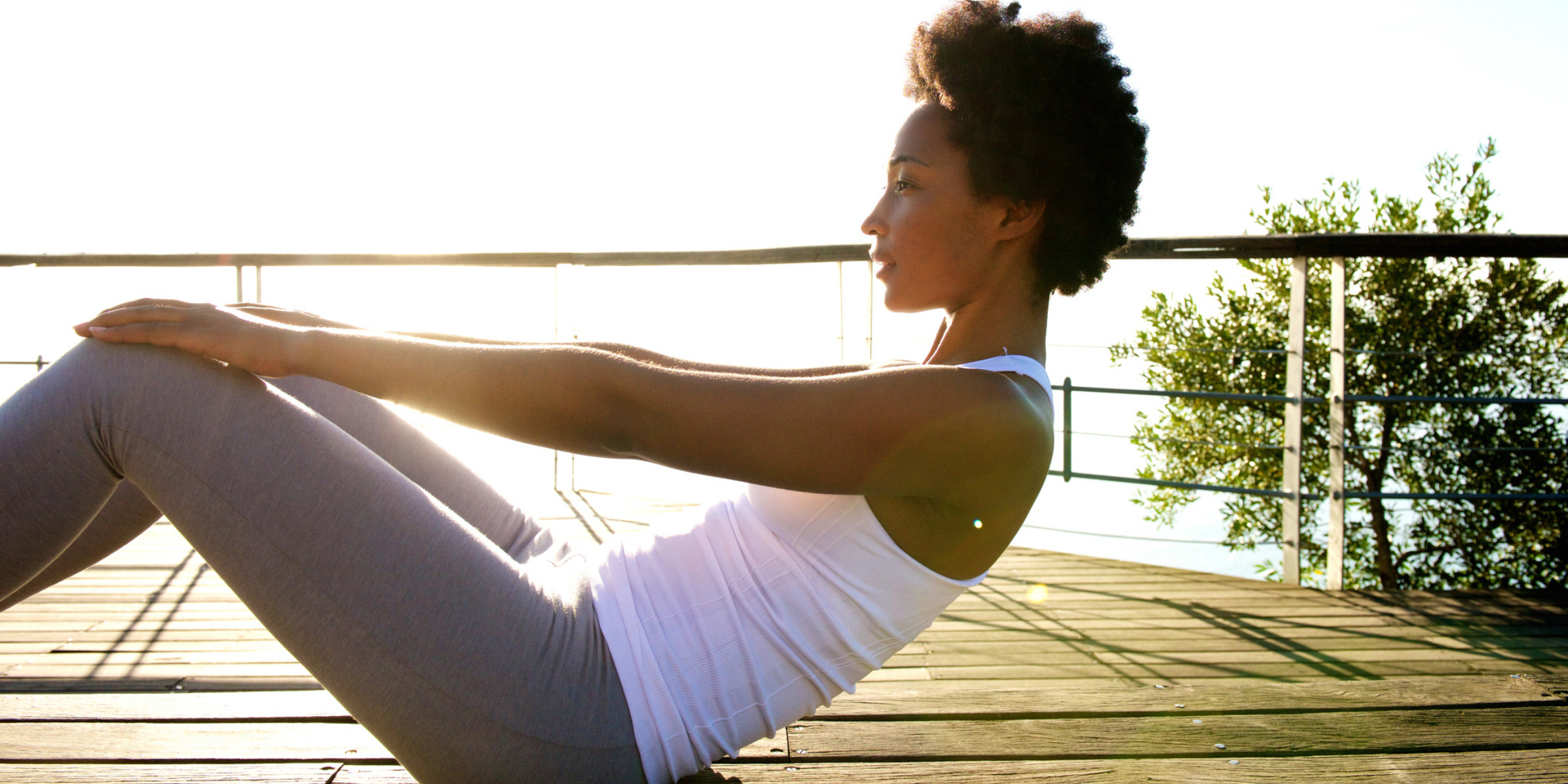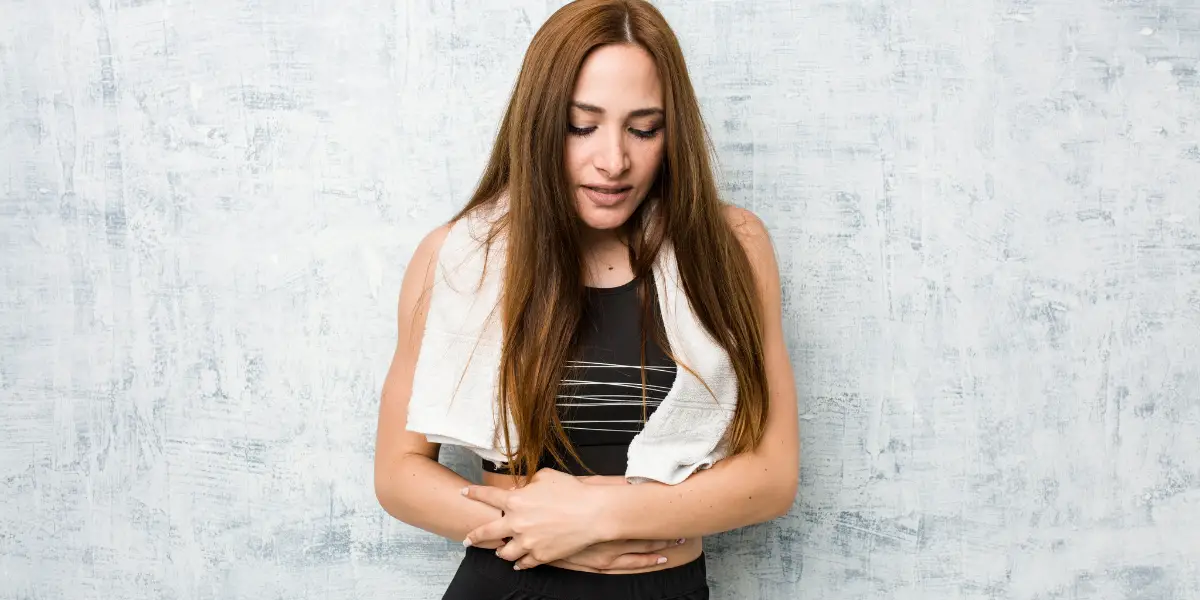In the realm of fitness, numerous paths lead to the coveted treasure – a strong, robust core. Amidst this labyrinth, a distinctive discipline born in the early 20th century has gradually amassed a dedicated following. Its influence radiates not from the clang of heavy weights or the whir of intricate machinery but from a unique, low-impact blend of strength, balance, and control.
Pilates is excellent for strengthening the abs. It involves controlled movements that target your core muscles, including the abs. Regular Pilates workouts can result in a stronger core, improved posture, better balance, and increased body strength.
Let’s unravel the enigma of this method, explore its depth, and examine its potential in sculpting a resilient and well-defined midsection.
Pilates and the Core: An Intricate Connection
The Pilates regimen is intrinsically designed to cultivate an intimate connection with one’s core. Often perceived as merely the abdominal muscles, the core refers to an intricate network that includes the lower back, hips, glutes, and abs. Pilates’ meticulously curated exercises activate these muscles in a harmonious symphony, building a strong, resilient core. Pilates trains the body to move as a cohesive, efficient unit by connecting breath, alignment, and movement, with the core acting as the central powerhouse.
In the realm of Pilates, a well-rounded core workout goes beyond superficial aesthetics. Yes, it contributes to the sculpted abs coveted by many fitness enthusiasts. But more importantly, Pilates emphasizes the deep, stabilizing muscles. These include the transverse abdominis, which wraps around your spine for protection and stability, and the multifidus muscles of the spine. The resulting core strength and stability reverberate beyond the fitness studio, translating into improved posture, decreased back pain, and enhanced daily functionality.
Moreover, the Pilates philosophy emphasizes quality over quantity and mindful movements over mindless repetitions. Each exercise is designed to engage the core and is performed with deliberate control and precision. This approach helps to foster a deeper mind-body connection. It’s not just about feeling the burn in your abs; it’s about understanding how your body moves and how to harness your core’s potential to enhance this movement. As such, Pilates nurtures a sophisticated dialogue between body and mind, empowering participants to navigate the world with a stronger, more attuned core.
Mechanics of Pilates: Targeting the Abdominals
Understanding the mechanics of Pilates begins with the concept of ‘centering’, a fundamental principle of this discipline. This principle directs the focus towards the body’s center – the powerhouse, which includes the abdominals, lower back, and hips. Every Pilates movement emanates from this core, creating a unique interplay between power and grace.
Whether performed on a mat or specialized equipment, Pilates exercises are carefully structured to uniquely challenge the abdominal muscles. Traditional workouts often isolate the muscles, working on them independently.
Conversely, Pilates encourages the body to function as a whole integrated unit, with the abdominals playing a pivotal role. This integration makes every movement a core workout, increasing functional strength and more defined abs.
Let’s take the ‘Pilates Hundred’ as an illustrative example. This classic Pilates exercise involves holding the body in a position that resembles a partial sit-up, with the arms pulsing up and down. In addition to challenging the abs, the Hundred also recruits the hip flexors, lower back, and even the upper body to some extent. This exercise is a perfect example of how Pilates targets the abs but never isolates them, emphasizing the balanced development of the entire body. By consistently challenging the abs through such movements, Pilates can be a powerful tool for creating a stronger, more defined core.
The Role of Pilates in Posture and Stability
Pilates, with its central focus on core strengthening, is indispensable in improving posture and stability. Our core is the body’s main stabilizing system, providing a solid foundation from which our limbs can operate. With a strengthened core, we achieve better balance and coordination, making our movements more efficient and controlled.
Posture is a direct reflection of core strength and stability. A well-aligned posture – where the head, shoulders, spine, and hips are in harmonious alignment – is a testament to a strong and well-functioning core. Pilates exercises can profoundly enhance postural alignment by emphasizing lengthening and strengthening the body while maintaining a firm core connection. They help rectify the imbalances caused by daily routines, such as long hours of sitting or standing, leading to better overall posture.
In the broader scope, Pilates’ contribution to stability is multi-dimensional. It includes physical stability, such as balance in movement and static poses. At the same time, it also fosters emotional stability by reducing stress and promoting a sense of well-being. Pilates thus presents an integrated approach to stability, enhancing physical and mental fortitude and imparting balance to the practitioners’ life. This perfectly illustrates how the practice of Pilates transcends beyond the mat, impacting our everyday life and well-being.
How to Incorporate Pilates into Your Routine
Incorporating Pilates into your routine need not is daunting; it is, in fact, remarkably adaptable and accessible for people of all fitness levels.
Start with a beginner’s class to learn Pilates’ basic movements and principles. Initially, you might consider taking instructor-led in-person or online classes to ensure you perform the exercises correctly and safely.
Aim to incorporate Pilates into your routine at least two to three times a week. This regularity is crucial for building strength and improving flexibility, balance, and core stability.
Mix mat exercises with equipment-based workouts (such as the Pilates Reformer) for a varied practice. It allows for a broader range of movements and added resistance.
Pilates is an excellent complement to other forms of exercise. You could use it as a warm-up before a cardio workout, a cool-down after weight training, or even a standalone routine.
Make every movement count. Remember, Pilates is as much about quality as it is about quantity. The mindful and precise nature of Pilates exercises helps to build a better connection with your body, enhancing the effectiveness of your workouts.
Each body is unique, and what works for one may not work for another. If a particular exercise causes discomfort or pain, modify it to suit your needs or seek guidance from a certified instructor.
Remember, Pilates is not a quick fix; it’s a lifestyle. The benefits, from a stronger core to improved flexibility and better posture, come with regular practice over time. By integrating Pilates into your routine in a way that suits your personal needs and schedule, you’ll be on your way to a stronger core and a healthier life.
Maximizing Pilates for Core Strength: Expert Tips
Maximizing the benefits of Pilates for core strength requires focus, commitment, and a touch of expert guidance. Here are some expert tips that will help you optimize your Pilates workout for a stronger core:
- Emphasize Quality Over Quantity: Pilates is all about controlled, precise movements. It’s better to perform fewer repetitions with perfect form than many with poor alignment or hasty execution. This approach promotes more effective muscle engagement and prevents potential injuries.
- Utilize the Power of Breath: Proper breathing plays a critical role in Pilates. It helps facilitate movement, engage your deep core muscles, and maintain focus. Generally, you’ll exhale on the effort (or the hardest part of the exercise) and inhale on the release.
- Maintain a Neutral Spine: Most Pilates exercises are performed with a neutral spine position, which preserves the spine’s natural curves. This position is optimal for engaging the core muscles and promoting a healthy posture.
- Engage Your ‘Powerhouse: The ‘powerhouse’ in Pilates refers to the area from your lower ribs to your hip line, encompassing the lower back, glutes, and pelvic floor. Focus on engaging these muscles to enhance core strength and stability during every exercise.
- Progress Gradually: Always start with basic exercises and progress slowly as your strength and endurance improve. Incorporating more advanced exercises too soon can lead to incorrect form and potential injuries.
- Add Variety: Mix up your workouts to challenge your body differently. Combine mat work with equipment-based exercises, and try new Pilates styles and techniques.
- Consistency is Crucial: Regular practice is key in Pilates. Aim for at least two to three weekly sessions for noticeable improvements in your core strength.
- Consider Professional Guidance: Work with a certified Pilates instructor, especially when starting. They can provide personalized feedback, correct your form, and offer modifications to suit your level.
By implementing these tips, you can ensure your Pilates practice becomes an efficient and effective path toward a stronger, more resilient core.
Pilates: A Holistic Approach to Core Fitness
Pilates embodies a holistic approach to core fitness, offering far more than just a structured set of exercises. It is a comprehensive system that cultivates physical strength, mindfulness, balance, and overall well-being.
The principles that underpin Pilates — centering, concentration, control, precision, breath, and flow — are integral to developing a robust core. However, these principles also serve a broader purpose. They foster a heightened sense of body awareness, enabling practitioners to move more efficiently and gracefully in their daily lives.
Pilates does not merely sculpt the abs and strengthen the core. It improves posture, enhances flexibility, and boosts muscle tone and endurance. It also significantly benefits the mind, promoting focus and stress reduction. This fusion of physical and mental benefits defines the holistic nature of Pilates.
Moreover, Pilates is adaptable, making it a suitable choice for people of all ages, fitness levels, and physical conditions. Each workout can be tailored to an individual’s capabilities, with exercises modified to be easier or more challenging, as needed. This flexibility makes Pilates a sustainable choice for long-term fitness.
Pilates nurtures a strong and resilient core while promoting health and well-being from a comprehensive perspective. It’s not just about achieving a well-defined set of abs. It’s about embracing a lifestyle that champions physical strength, mental fortitude, and an unwavering sense of balance — the embodiment of holistic fitness.
Sources:
https://pilatesmovesyou.com/can-pilates-get-you-abs-the-truth-about-the-core-strengthening-workout/
https://www.quora.com/Can-pilates-help-you-get-abs




